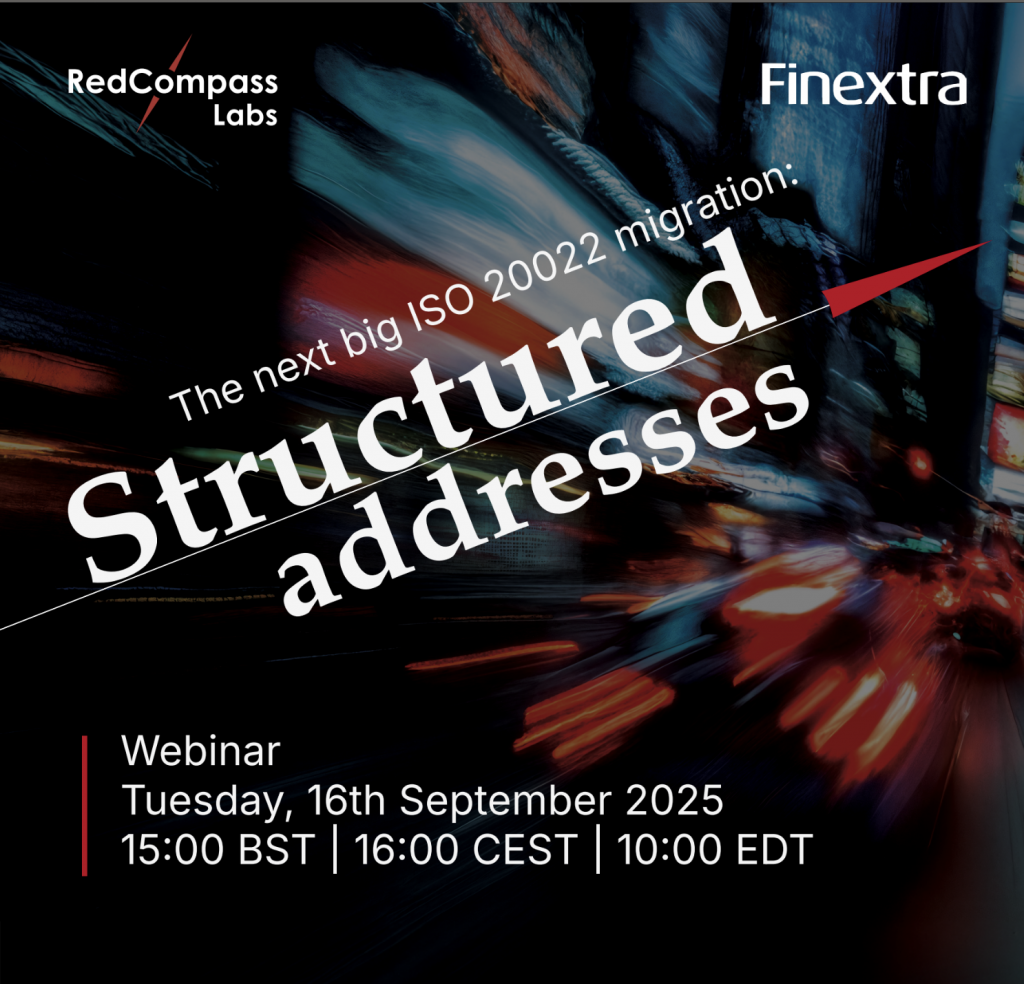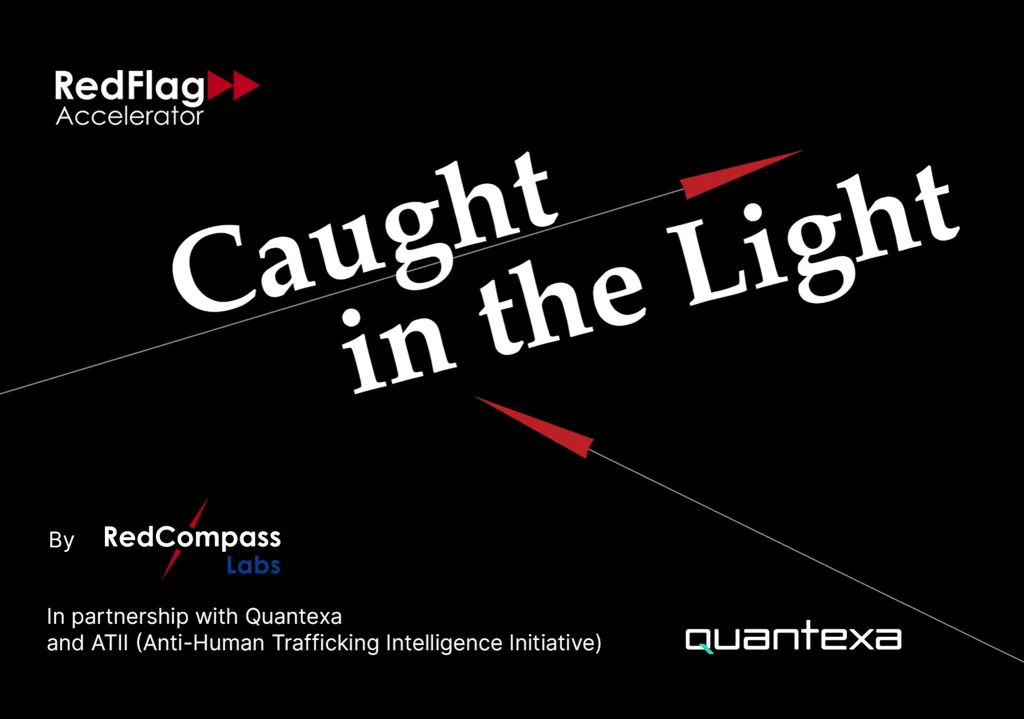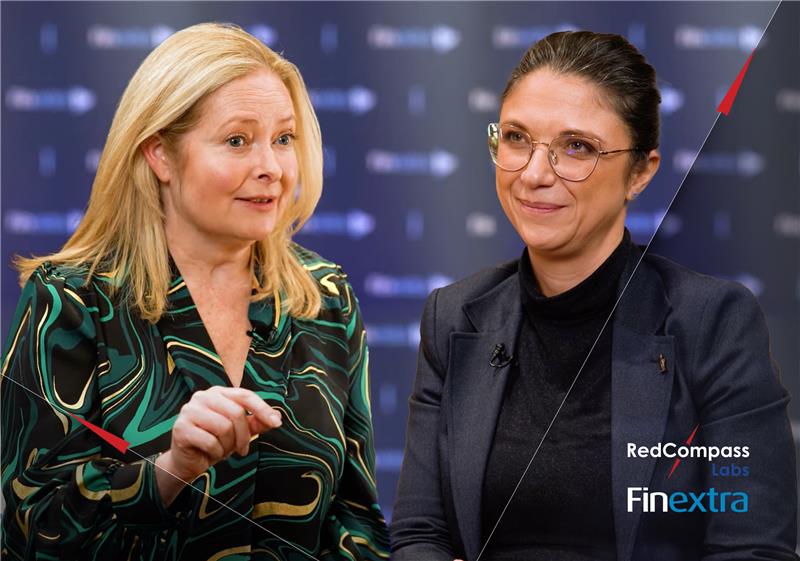6AMLD: The EU’s crackdown on money laundering
The European Union is about to implement arguably the toughest measures it has ever put forward to deter money laundering. The 6th Anti-Money Laundering Directive, or 6AMLD, which will be written into national laws across the EU by December 2020, goes to the heart of AML by harmonising offences and toughening the punishments for laundering.
But what does it specifically entail and how does impact financial institutions?
What changes with the 6AMLD
Once upon a time, there was a bank called BCCI, “The Bank of Credit and Commerce International”, or as its friends in law enforcement liked to call it “The Bank of Crooks and Criminals International”. It was the 7th largest bank in the world, until one day a US special agent exposed the money-laundering organization of Pablo Escobar who, guess what? Was a client of BCCI. The bank went down shortly after. That was in the 90s. But what would have happened if the 6th Anti-Money Laundering Directive were already in place?
These are the toughest measures ever adopted in the EU to deter money laundering. It harmonises the definition of 22 predicate offences – crimes which are a component of a larger crime – including, for the first time, human trafficking, migrant smuggling, sexual exploitation, cybercrime and environmental crime.
But that’s not all. With the 6th Anti-Money Laundering Directive, criminal liability is extended to legal persons and corporations too. So, the brunt of penalties will no longer be borne by the bank’s shareholders only. Additionally, anyone caught aiding, abetting, inciting, or attempting money laundering, will be legally culpable and subject to a minimum jail sentence of four years.
In simple words, if the 6th Anti-Money Laundering Directive were in place back in the 90s – or even in Australia today where the Westpac case recently arose – there could have been criminal indictments in addition to civil fines and sanctions. And executives who knowingly failed to conduct proper due diligence, monitor risk or execute oversight, would have ended up in jail.
3 things banks should do to prepare for the 6AMLD
Now, let’s park this gloomy scenario for a second and look at three things banks should do to ensure they are on the right side of the law:
1. Take a pro-active approach. Perform regular reviews of your AML strategy and refine it where required. Don’t see this as a ‘tick-box exercise’ – the goal is to prove you have done whatever it takes to detect and disrupt financial crime.
2. Train your staff and your executives. Ensure they are fully aware of and grasp the severe impact of this AML legislation, including an understanding of all 22 predicate offences and their corresponding indicators and flags.
3. Invest in modern AML technology. The process of reviewing millions of transactions per month in an AML system that produces >90% false positives is ineffective and costly. Instead of doubling your AML compliance staff, invest in new technology that best suits your organisation, including AI and machine learning capabilities that can analyse and detect patterns among billions of transactions across all banking channels
The UK and the 6th Anti-Money Laundering Directive: what’s going to happen?
As we speak, the UK is still defining their deal or no-deal exit! However, with regards to money laundering the UK and the EU are on the same page. In fact, during negotiations, both parties agreed to “support international efforts”, particularly for the Financial Action Task Force (or FATF) rules. So, our message to banks operating in the UK is: don’t underestimate the 6th Anti-Money Laundering Directive!
As for the future of the EU AML legislation, it seems likely the scope will continue to grow. Countries like Germany are already taking an approach tougher than what is required by the 6th Anti-Money Laundering Directive, so it might not be too long before we hear about a 7th Anti-Money Laundering Directive. The important thing is to be ready. Be vigilant, responsive, and assess your AML tools by looking to the future, not to the past.
Finally, if your team is looking for ways to address the risks of Modern Slavery and Human Trafficking, we recommend you to look at RedFlag Accelerator, a compendium of 184 indicators and scenarios that help banks identify traces of modern slavery and human trafficking in their data.
Share this post
Written by

RedCompass Labs
Resources





